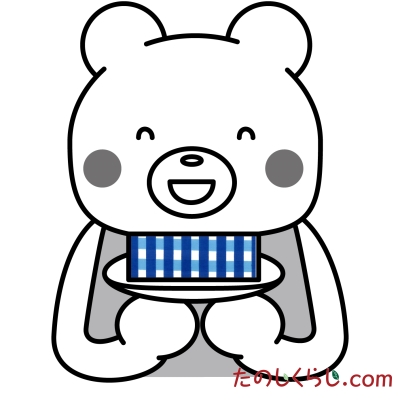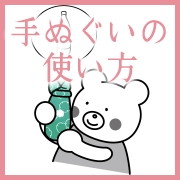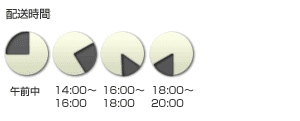手ぬぐいの使い方 その十一 「おしぼり」 <11. As an oshibori (wet towel)>

手ぬぐいは歴史を遡ると、奈良~平安時代には使われていたと云われています。当時は布が貴重だったため身分の高い者しか手にできませんでしたが、鎌倉時代以降から庶民にも少しずつ普及し、日本国内で綿花栽培が発展した江戸時代から、木綿の織物とともに生活用品として庶民に欠かせない物になりました。
当時は、ガーゼや包帯などの役割から、現代のタオルや台拭や雑巾やハンカチなどの役割も担い、そのほかには縁起物としての贈答品や配り物としても使われ、本来の汗や水の吸水の目的だけでなく様々な用途の広がりをみせていきました。
ここでは、「手ぬぐいの使い方」として、現代での使い方をイラスト入りでご紹介していきます。
その十一は "おしぼり" です!
洗ってもすぐに乾く手ぬぐいは、おしぼりとしても使えます。おしぼりの語源が、江戸時代の旅籠で玄関に用意された水桶と手ぬぐいから来ていると云われ、客が手ぬぐいを桶の水に浸してしぼり使ったことから、おしぼりと名がついたそうです。
使い捨ての物とは一味違った手ぬぐいの "おしぼり"
で、身も心もリフレッシュ!(^^)
当時は、ガーゼや包帯などの役割から、現代のタオルや台拭や雑巾やハンカチなどの役割も担い、そのほかには縁起物としての贈答品や配り物としても使われ、本来の汗や水の吸水の目的だけでなく様々な用途の広がりをみせていきました。
ここでは、「手ぬぐいの使い方」として、現代での使い方をイラスト入りでご紹介していきます。
その十一は "おしぼり" です!
洗ってもすぐに乾く手ぬぐいは、おしぼりとしても使えます。おしぼりの語源が、江戸時代の旅籠で玄関に用意された水桶と手ぬぐいから来ていると云われ、客が手ぬぐいを桶の水に浸してしぼり使ったことから、おしぼりと名がついたそうです。
使い捨ての物とは一味違った手ぬぐいの "おしぼり"
で、身も心もリフレッシュ!(^^)
In Japanese history, the tenugui (Japanese towel) was originally used approximately between 700s and 1100s A.D. (Nara & Heian era in Japan). At that time, the tenugui was only available for people of high social status, because cloth was a valuable item. After the late 1100s (during the Kamakura era), the tenugui gradually became available to commoners. In the 1600s, when cotton farming developed, the tenugui, as well as cotton fabric, became a common item for people in Japan.
Since then, tenugui usage has expanded from as a simple towel to absorb liquid to as a gauze bandage and a gift and giveaway item.
Below are some examples of how to use the tenugui during modern times (with illustrations):
<11. As an oshibori (wet towel)>
Because the tenugui dries quickly, it can be a great choice as an oshibori. The origin of the word oshibori comes from the Edo era (early 1600s - mid 1800s). When a traveler arrived at a tavern, the innkeep prepared a washpot filled with water and a tenugui at the entrance for the traveler. The traveler then soaked the tenugui in the water and used it after he/she squeezed the water off (shibori in Japanese) to make a wet towel, which was later called “oshibori”.


























